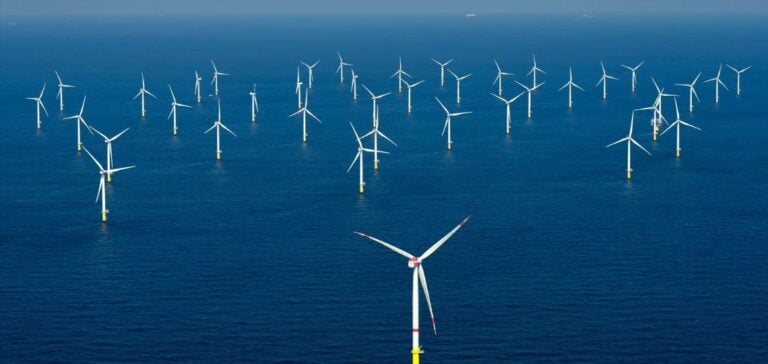Denmark, often praised for its ambitious energy transition, is facing an unexpected pause. The Danish Energy Agency received no offers for the North Sea I parcels (A1, A2, and A3), a flagship project in the North Sea with a planned capacity of 6 gigawatts (GW).
Results that Raise Questions
Energy Minister Lars Aagaard expressed his disappointment over this outcome. “This is a very disappointing result. We need to understand the reasons behind this lack of engagement,” he stated. The Danish Energy Agency has been tasked with consulting industry players to better understand the economic and structural barriers that led to this outcome.
Among the initial explanations is an unfavorable economic context. Offshore wind energy, critical for Europe’s energy transition, is currently suffering from inflation in construction costs and rising interest rates.
Notable Lack of Private Sector Engagement
Swedish energy group Vattenfall, a key wind energy player, confirmed that it did not submit a bid for the project. According to its spokesperson, Rasmus Helveg Petersen, current economic conditions make such projects unviable despite the excellent natural conditions offered by the North Sea, such as steady winds and suitable seabed conditions.
This decision reflects a broader trend: investors are hesitant to commit to large-scale offshore wind projects, which are perceived as costly and risky in the current economic climate.
A Setback for Denmark’s Climate Goals
Denmark has set ambitious goals for renewable energy. Its current offshore wind capacity stands at 2.7 GW. However, the government aims to increase this figure to 14 GW by 2030, a crucial target for meeting its climate commitments. North Sea I was expected to play a key role in this strategy.
Three other projects – Hesselø, Kattegat, and Kriegers Flak II – are scheduled for auctions in 2025. Authorities hope that market conditions will improve by then, offering a more favorable environment for investment.
Challenges Shared Across the European Sector
Denmark’s setback reflects issues common across Europe. Offshore wind energy, while strategic for the energy transition, is under increasing economic pressure. Rising material costs, coupled with uncertainties in the economic outlook, are weighing heavily on projects.
While the European Union relies on this technology to meet its climate objectives, the challenges faced in Denmark underline the need to rethink support mechanisms for this sector.






















